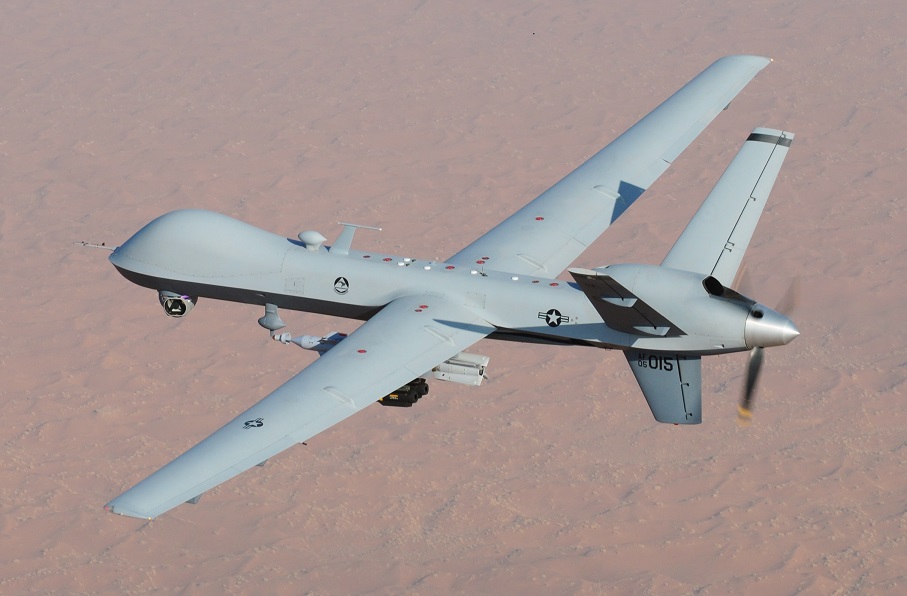This post is also available in:
 עברית (Hebrew)
עברית (Hebrew)
Unmanned Air Systems (UAS) technology will continue to expand its presence in U.S. military operations, with combat commanders expecting 24/7 battlefield surveillance. Further, these combat organizations are looking for new systems that are capable of facing up against the new technologies and innovations that adversaries are deploying.
“Growth opportunities exist in developing and adopting advanced technologies such as artificial intelligence (AI) algorithms that enable swarming, autonomous flight and automated data-processing and exploitation,” said Michael Blades, research director, Defense at Frost & Sullivan, according to eetimes.com.
“Disruptive UAS innovations including autonomous drones, transitional drones and manned-unmanned teaming (MUM-T) capabilities will also drive growth in the market.”
“One of the keys will be continued upgrades to legacy platforms that the Department of Defense already has in operation,” said Blades. Initially designed by Ryan Aeronautical, which is now part of Northrop Grumman, the RQ-4 Global Hawk is an unmanned (UAV) surveillance aircraft that uses high-resolution synthetic aperture radar (SAR) and long-range electro-optical/infrared (EO/IR) sensors with long loiter times over target areas. It can survey as much as 40,000 square miles (100,000 km2) of terrain a day. An RQ-4 Global Hawk soars through the sky to record intelligence, surveillance and reconnaissance data.
The General Atomics MQ9 Reaper is an unmanned aerial offensive strike vehicle used by the U.S. Air Force. “Additionally, now and in the future, we can expect DoD to invest in the smaller, more lightweight Group 3 drones for tactical missions,” said Blades. “Group 3 drones are lightweight, not exceeding 1,300 pounds. The reason DoD favors them is that so much has been invested in improving sensors and data links, that you no longer need Group 4 heavier and very expensive drones to carry large equipment payloads. This means that costs are driven down because you can get Group 4 and Group 5 drone capability at the Group 3 level. The Group 3 drones are also easier for individuals to operate.”
The DoD also sees drones as a means of keeping humans out of harm’s way. “Developing unmanned systems to keep humans out of harm’s way and to extend human potential has always been at the forefront of defense development”.


























